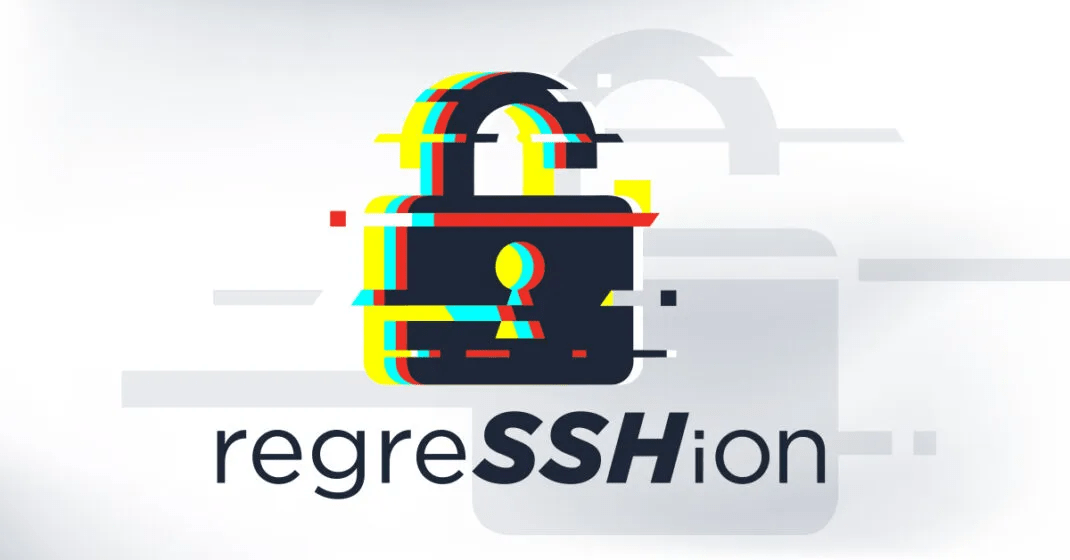A vulnerability has been identified in OpenSSH, a widely-used toolkit for remote management of *nix systems. This flaw permits an unauthenticated attacker to execute arbitrary code on the compromised system and obtain root privileges. Named regreSSHion and assigned the ID CVE-2024-6387, this vulnerability poses a significant risk since sshd, the OpenSSH server, is embedded in most operating systems, numerous IoT devices, and many firewalls. While the vulnerability has the potential to spark an epidemic similar to WannaCry and Log4Shell, its widespread exploitation is unlikely. Nonetheless, all server administrators using OpenSSH should urgently address this vulnerability.
Where OpenSSH is Used
The OpenSSH utility set is nearly ubiquitous, serving as a popular implementation of the SSH (secure shell) protocol. It is integrated into most Linux distributions, OpenBSD and FreeBSD, macOS, and specialized devices like those running Junos OS. Many smart TVs, doorbells, baby monitors, network media players, and even robotic vacuum cleaners, which are based on Linux systems, often use OpenSSH. Since Windows 10, OpenSSH has also been available in Microsoft’s OSs, although as an optional component not installed by default. It is no exaggeration to say that sshd runs on tens of millions of devices.
Potential Impact of regreSSHion
If exploited, this vulnerability could lead to a full system compromise, allowing an attacker to execute arbitrary code with the highest privileges. This would enable a complete system takeover, installation of malware, data manipulation, and the creation of backdoors for persistent access. It could also facilitate network propagation, allowing attackers to use a compromised system as a foothold to exploit other vulnerable systems within the organization.
Moreover, gaining root access would enable attackers to bypass critical security mechanisms such as firewalls, intrusion detection systems, and logging mechanisms, further obscuring their activities. This could result in significant data breaches, giving attackers access to all stored data, including sensitive or proprietary information that could be stolen or publicly disclosed.
Exploiting this vulnerability is challenging due to its remote race condition nature, requiring multiple attempts for a successful attack. This can cause memory corruption and necessitate overcoming Address Space Layout Randomization (ASLR). Advancements in deep learning may significantly increase the exploitation rate, potentially providing attackers with a substantial advantage in leveraging such security flaws.
Affected OpenSSH versions:
- OpenSSH versions earlier than 4.4p1 are vulnerable to this signal handler race condition unless they are patched for CVE-2006-5051 and CVE-2008-4109.
- Versions from 4.4p1 up to, but not including, 8.5p1 are not vulnerable due to a transformative patch for CVE-2006-5051, which made a previously unsafe function secure.
- The vulnerability resurfaces in versions from 8.5p1 up to, but not including, 9.8p1 due to the accidental removal of a critical component in a function.
OpenBSD systems are not affected by this bug because, in 2001, OpenBSD developed a secure mechanism that prevents this vulnerability.
Mitigation Steps
Addressing the regreSSHion vulnerability in OpenSSH, which allows remote code execution on Linux systems, requires a focused and layered security approach. Here are concise steps and strategic recommendations for enterprises to safeguard against this significant threat:
- Patch Management: Quickly apply available patches for OpenSSH and prioritize ongoing update processes.
- Enhanced Access Control: Limit SSH access through network-based controls to minimize attack risks.
- Network Segmentation and Intrusion Detection: Segment networks to restrict unauthorized access and lateral movement within critical environments, and deploy systems to monitor and alert on unusual activities indicative of exploitation attempts.
- Custom Assessment and Remediation: Rapidly execute mitigation scripts on necessary assets. We’ve already updated our CyberSEC XDR platform to detect and mitigate this vulnerability.
